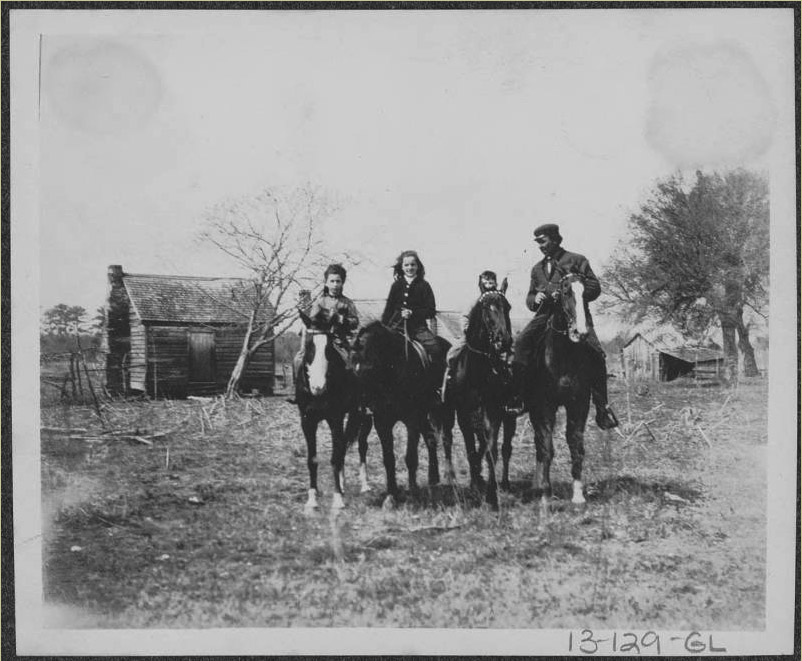In this photograph, taken sometime between 1875 and 1905, the simple antebellum dwellings of Barnyard Village are still occupied by African Americans, and woven fences, similar to those found in West Africa, surround the gardens. The large structure in the middle of the street may have been a kitchen.
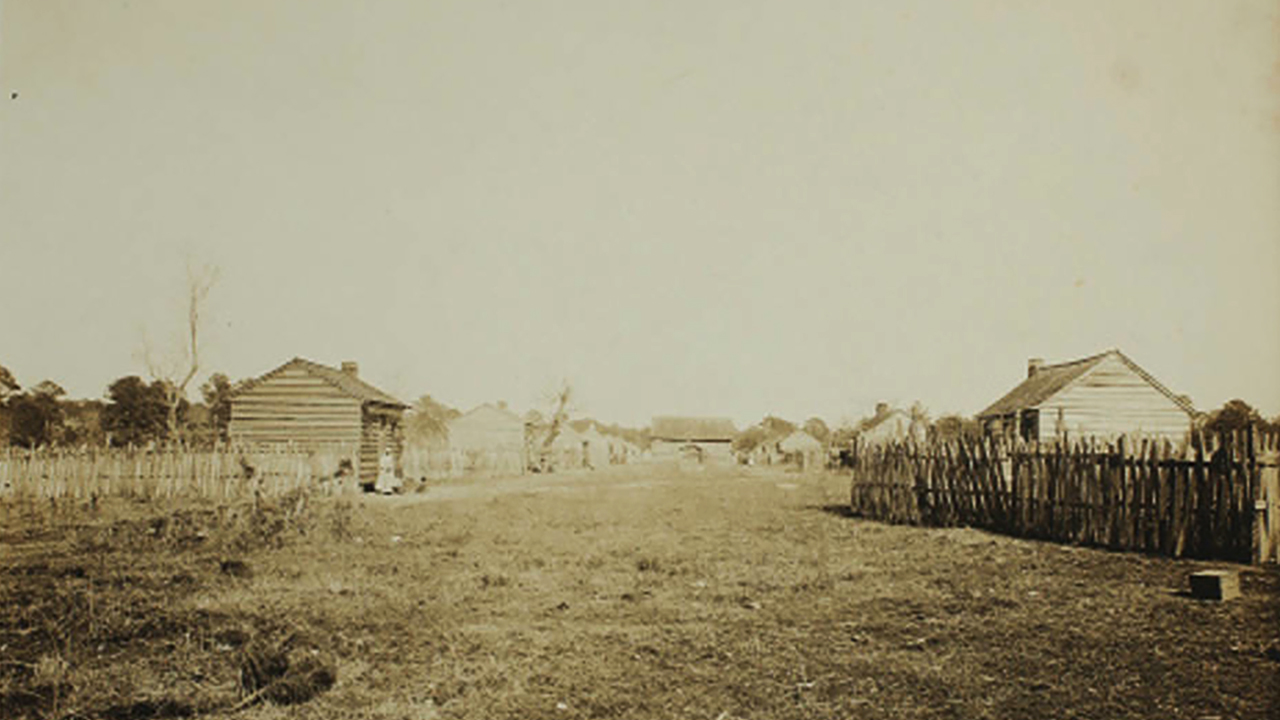
Barnyard Village was located on Friendfield Plantation, which was part of the original land grant made to John Carteret by King George of England in 1718. Ownership of Friendfield Plantation changed many times and by the late 18th century it was in the hands of the Allston family, a large clan of rice planters in the Georgetown District. By the 1830s it belonged to William Algernon Alston, who changed the spelling of his name to differentiate himself from his numerous relatives.
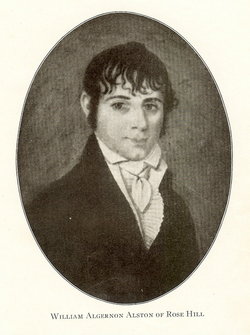
Barnyard Village was built to house enslaved laborers who worked in many aspects of rice cultivation on Friendfield Plantation, serving as millwrights, mechanics, machinists, blacksmiths, coopers and carpenters.The variety and complexity of their occupations belie the misperception that enslaved persons were unskilled. In fact, they brought with them from Africa knowledge of animal husbandry, agriculture, fishing, boat building, basket making and numerous other practices and procedures of great value to Europeans.
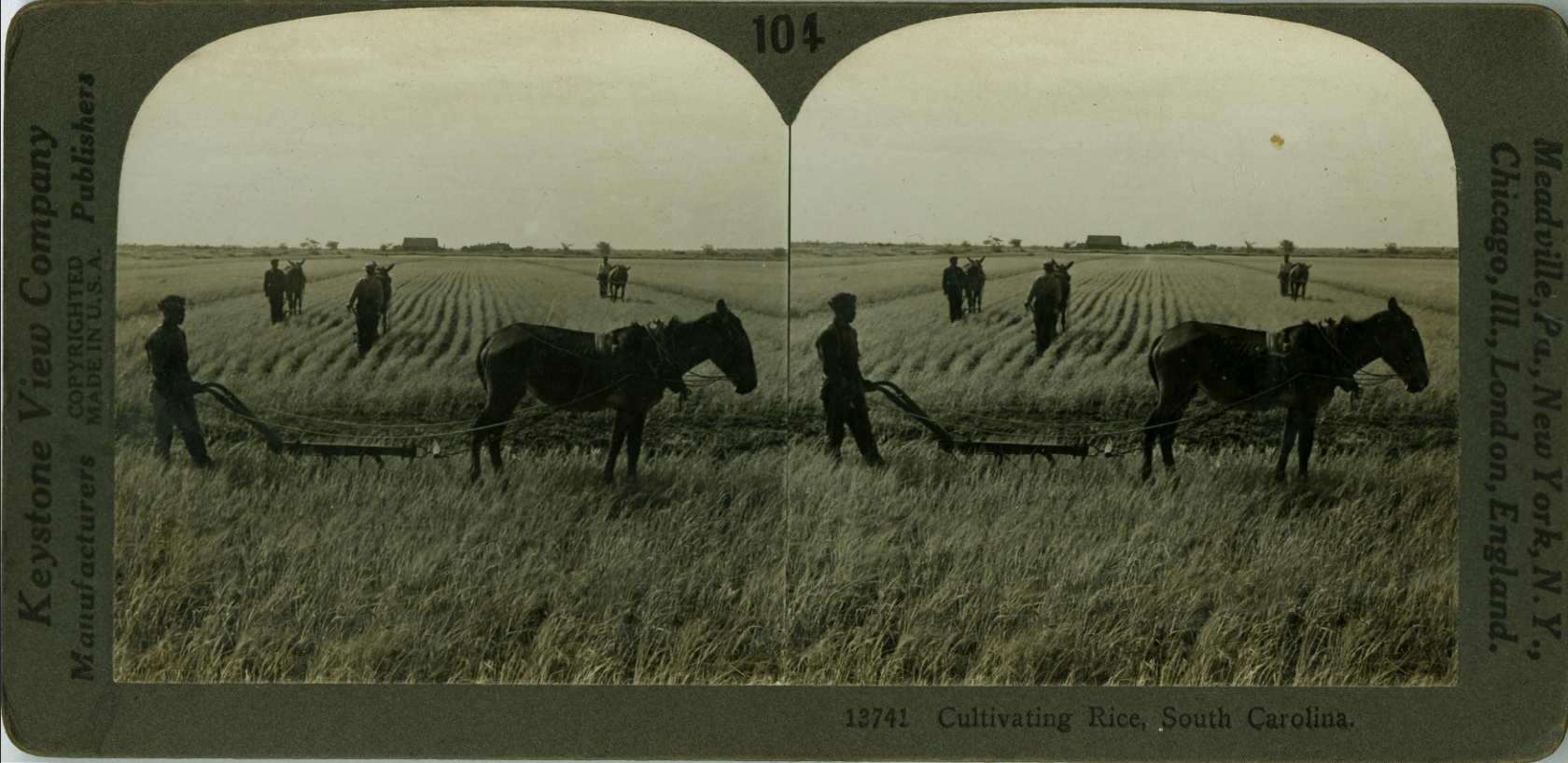
In this 1905 photograph the remnants of a cypress dugout boat lie next to a bateau in a freshwater canal near a Barnyard VIllage rice field. Bateaux were shallow-bottomed boats used, like canoes, to traverse marshy waterways. A prized skill brought by Africans to the New World was the ability to navigate along narrow rivers and swampy areas using boats like these.
While the English were great seafarers, they lacked experience with the landscape they encountered in the South Carolina Lowcountry, which would have been much more familiar to people from West Africa, and men with boating skills were highly sought after.
Young men were often advertised in terms of their abilities on the water: “a very good Sailor, used for 5 years to row in Boats,” “a fine strong Negro Man, that has been used to the Sea, which he is very fit for, or to go in a Pettiaugua (pettiauger - a large canoe)...” Men like these literally provided the backbone of the lowland transportation system during most of the colonial era, moving plantation goods to market and ferrying and guiding whites from one landing to another…
Black Majority
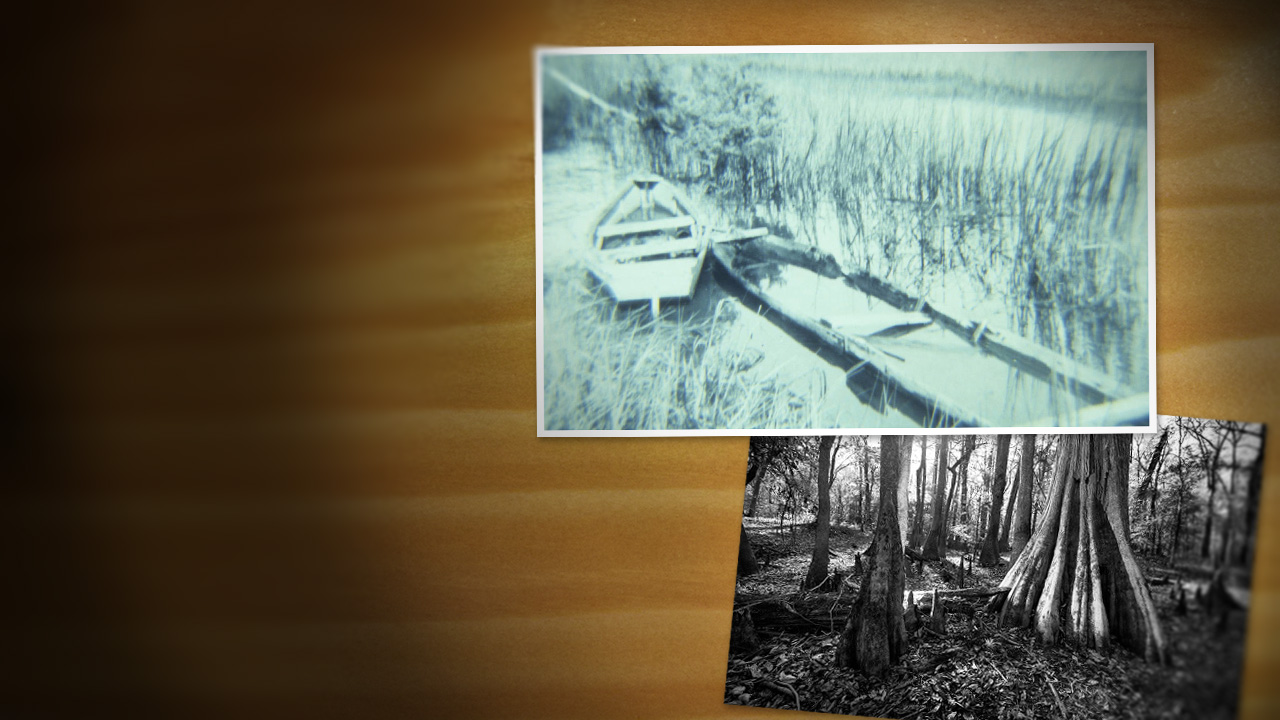
This is a 1905 photograph of Possum-Trot Road, connecting Friendfield Village and Barnyard Village, with woven fences visible on the right side. This road brings to mind the commonly held belief that enslaved people on Lowcountry plantations were isolated. Evidence suggests, however, that though they may have been isolated from whites, residents of plantation villages were closely connected to African Americans on neighboring plantations.
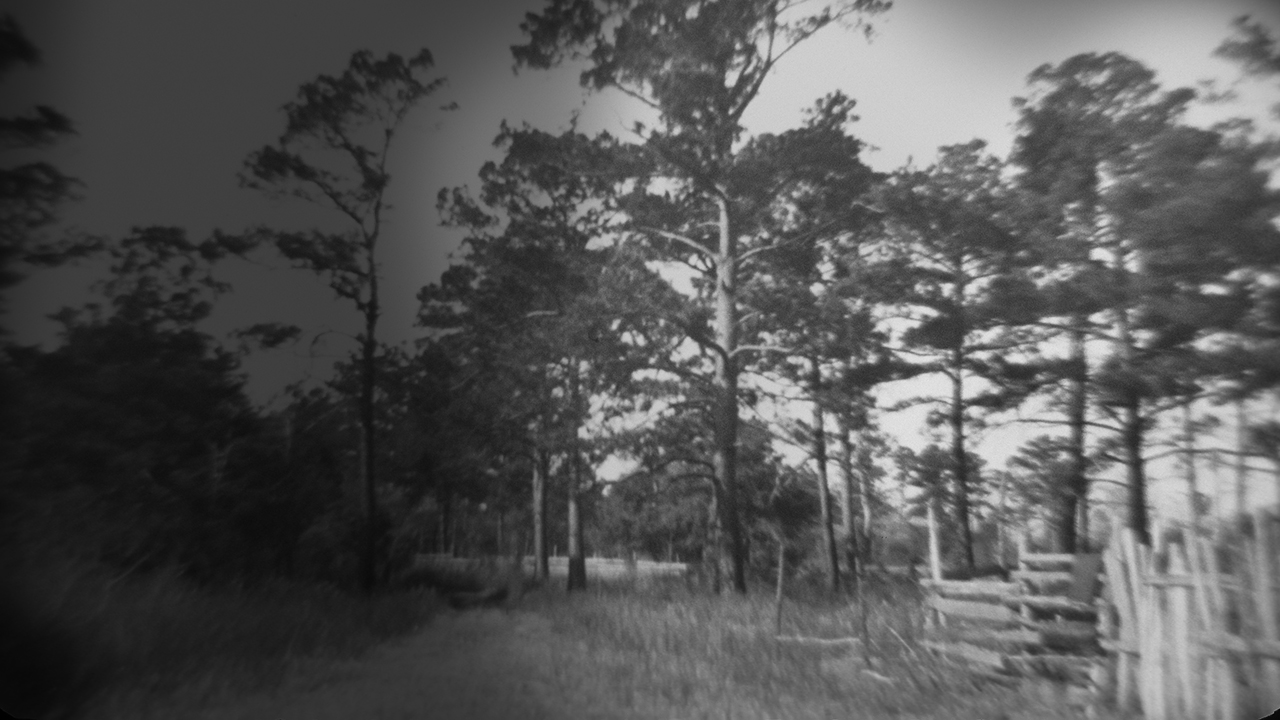
During the Civil War Friendfield Plantation was confiscated under the Abandoned Lands Act and managed by the Freedmen’s Bureau. After the war it was returned to William Algernon Alston’s grandson and namesake, who died in 1866, leaving it to his cousin, Thomas Pinckney Alston, Jr.
In 1875 Robert and Eliza Donaldson bought Friendfield, Strawberry Hill, Michau and Calais plantations and called the combined properties Friendfield.
Throughout the Reconstruction period the various owners continued to cultivate rice, and African Americans lived in Barnyard Village continuously from 1850 - 1950, though in this 1905 photograph a number of the dwellings are in ruins.
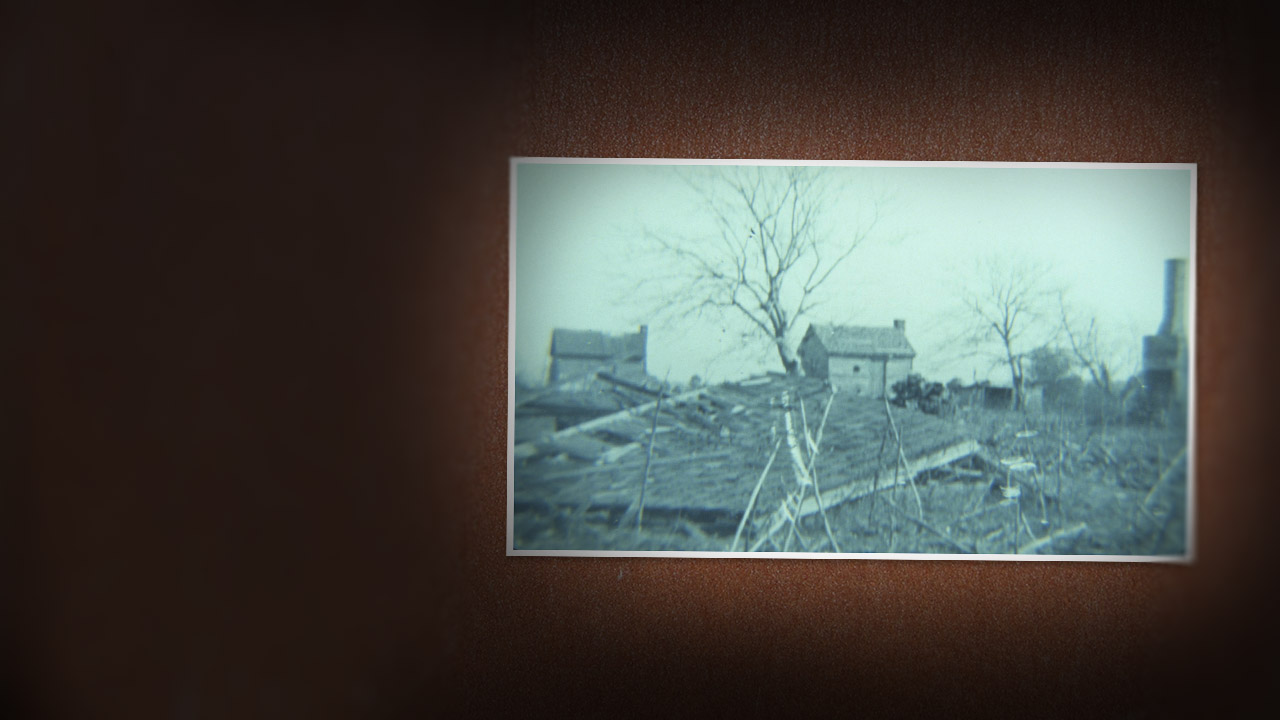
Bernard Baruch purchased Friendfield from the Donaldsons in 1905, and by 1907 he owned all the plantations that had comprised the original Hobcaw Barony.
In this 1907 photograph, Belle Baruch, Aileen Donaldson (daughter of the previous owners), “Junior” Baruch and Jim Powell are riding through Barnyard Village. Several structures are visible and were likely occupied at the time this picture was taken, but none of the residents of the village appears in the photograph.
